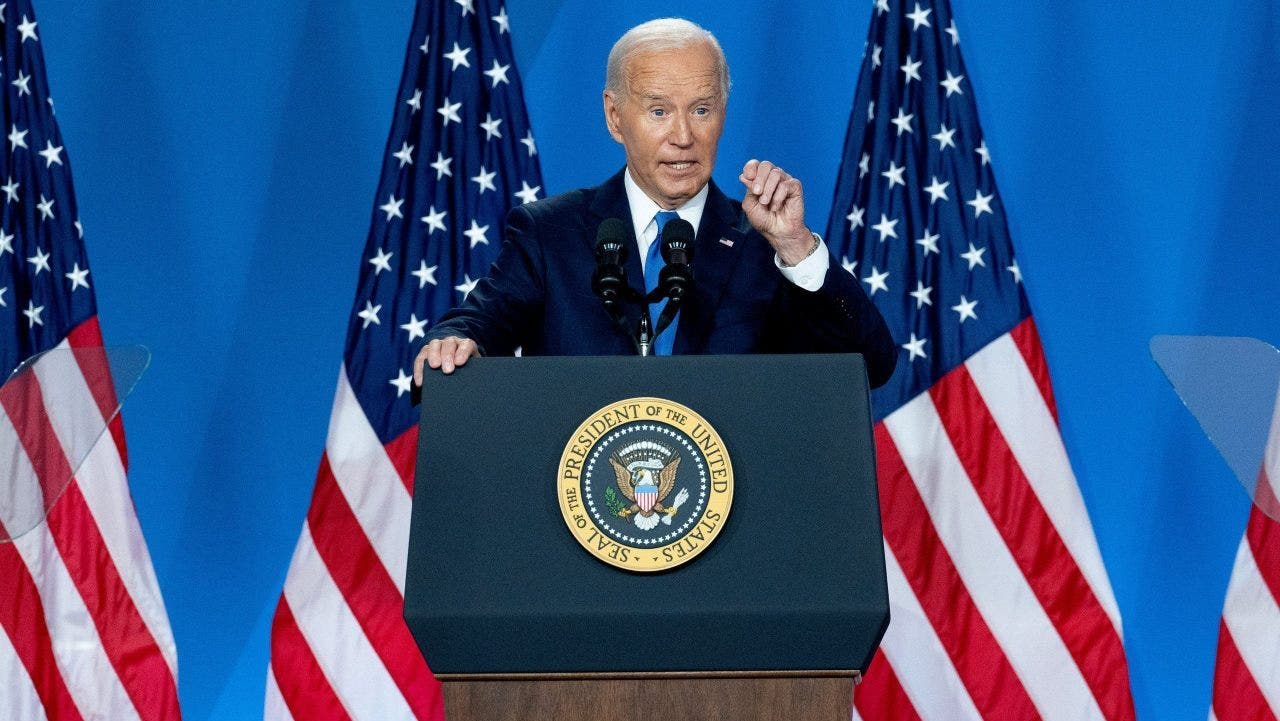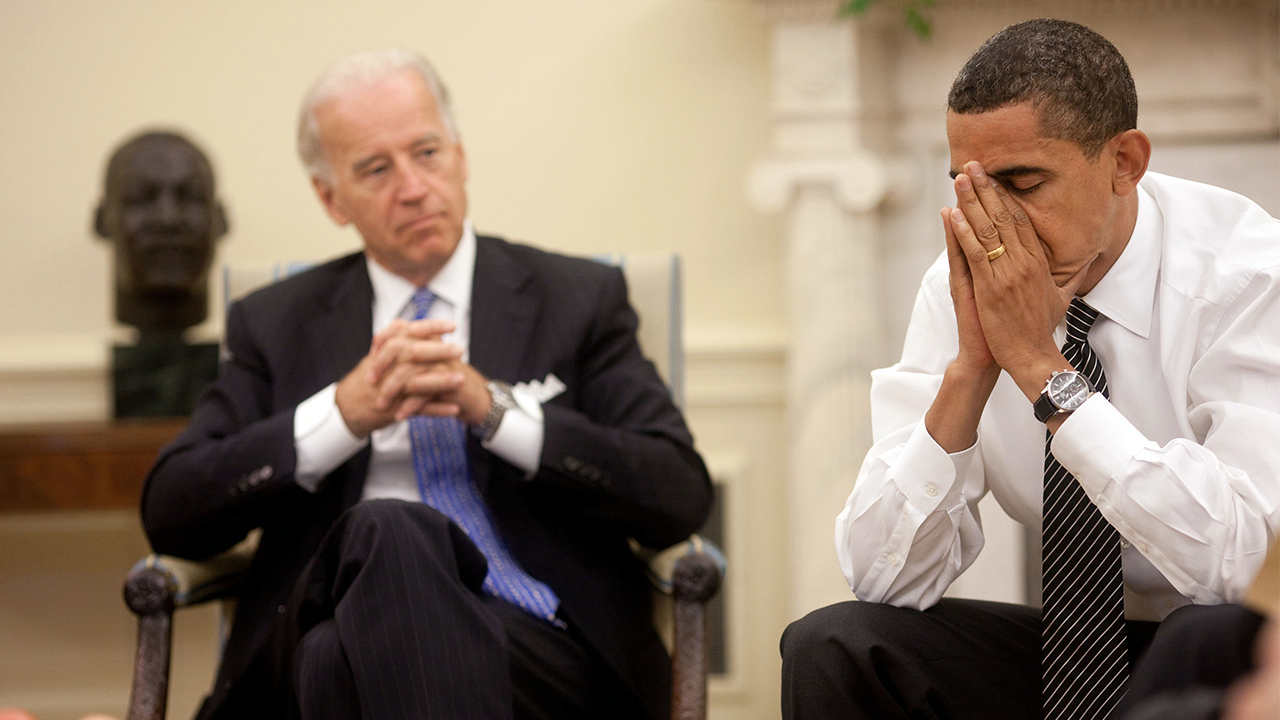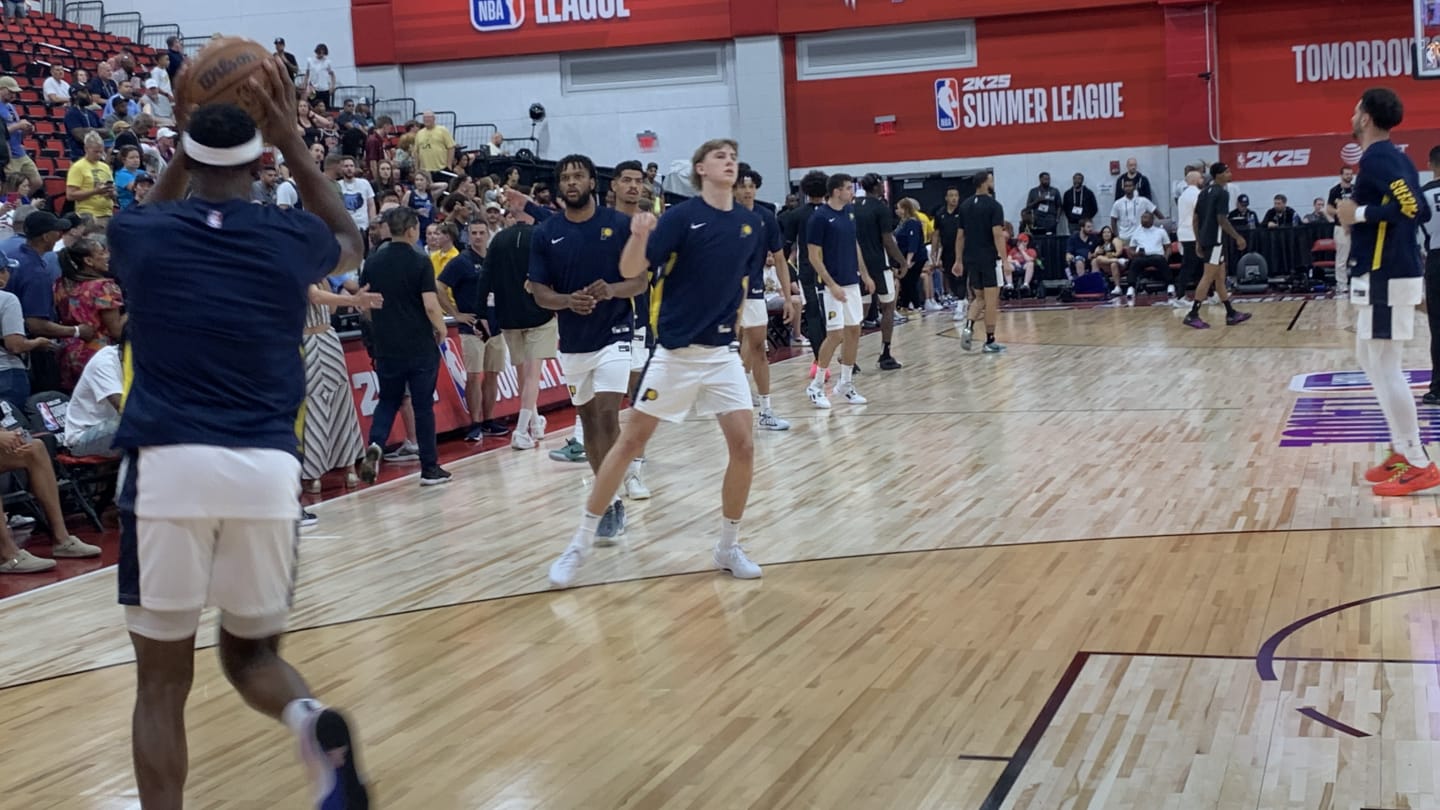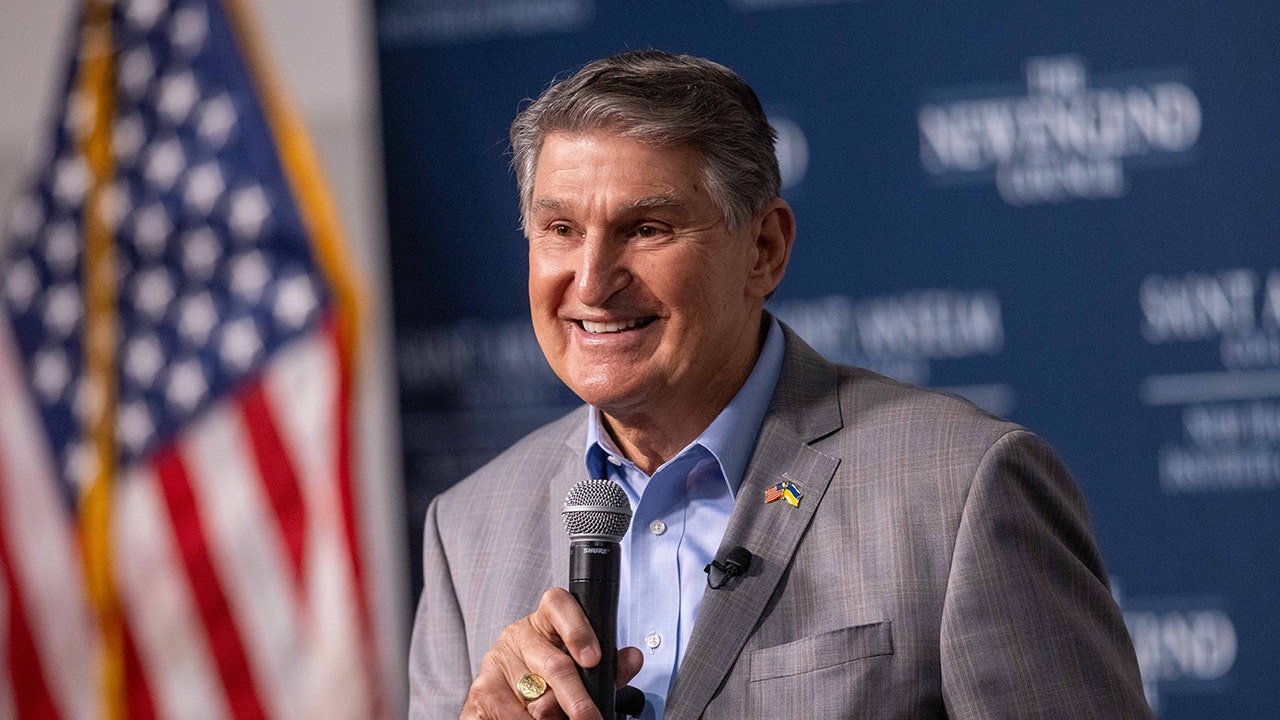North Dakota
Fufeng-related bills passed, signed and on way to becoming law in North Dakota

GRAND FORKS – After three bills related to foreign governments purchasing land in the North Dakota were introduced during the recently completed legislative session, two have since been signed by Gov. Doug Burgum and are set to become law later this year.
House Bill 1135, which will ban foreign governments and businesses they control from buying agricultural land in the state, easily passed both the House and Senate.
Burgum signed the bill on April 20
, and it was filed with the secretary of state on April 21. The law will go into effect in August.
Rep. Lawrence Klemin, R-Bismarck, who introduced the bill,
previously told Forum News Service
that he decided to sponsor the bill after hearing from several constituents who raised concerns about the proposed Fufeng wet corn mill plant in Grand Forks, and specifically about Fufeng’s ties to Chinese.
The project eventually was abandoned by the city after the Air Force declared the Fufeng mill a threat to national security. In February, Grand Forks City Council members
voted 5-0 to stop the project.
“A foreign government may have unlimited resources, and how much land are we going to let them buy?” Klemin said in January, shortly after the bill was introduced.
Amendments to the bill include that the prohibition on foreign ownership of agricultural land wouldn’t apply to land that is used for “agriculture research and development or experimental purposes, including testing, developing or producing crop production inputs, including seed, fertilizer, pesticides, soil amendments, plants or biologicals.”
Another amendment sets the exception for the number of acres that can be used for research at 160 acres.
A “foreign government,” as listed in the bill, doesn’t include Canada or its provinces or territories.
House Bill 1135 also will not affect land held by a foreign government before July 1, 2023.
Also,
Senate Bill 2371
has been signed by Burgum. Like House Bill 1135, SB 2371 easily was approved in House and Senate votes.
Introduced by Sen. Bob Paulson, R-Minot, it states that county and city boards “including a board in a home rule county, may not procure, authorize, or approve a development agreement, building plan, or proposal relating to county development with an individual or government identified as a foreign adversary” by the U.S. Secretary of Commerce.
The prohibition wouldn’t apply if a registered business owned by a foreign adversary in the state:
- has maintained “good standing” status with the secretary of state for seven years or longer before the effective date of the bill;
- has been approved by the Committee on Foreign Investment in the United States (CFIUS);
- and maintains an active national security agreement with the federal government.
Like Klemin, Paulson said the bill was in response to concerns raised by the Fufeng project.
The bill also calls for a legislative management study to be pursued during the 2023-24 interim to determine the “number of persons that own or control any real estate or commercial assets or operate a business within this state which is owned by, controlled by or subject to the jurisdiction or direction of foreign adversaries or individuals acting on behalf of or in conjunction with foreign adversaries or persons listed on the office of foreign assets control sanctions list.”
Burgum signed the bill on April 29, and filed it with the secretary of state on May 1. It too will become law in August.
A third bill introduced this session, House Bill 1503, sought to prohibit foreign ownership of real property in North Dakota. It
failed 45-2 during a Senate floor
vote on March 20 due to its similarities to Senate Bill 2371.
Several Grand Forks legislators
voiced their opinion on the Fufeng matter
to the Herald, citing Grand Forks as as an example when the bills were crafted.
“I think one of the realities of that experience is that it did draw attention statewide and beyond, and so it made people think about this,” Rep. Mark Sanford, R-Grand Forks, told the Herald last month.

North Dakota
Color of Hockey: Rangers prospect Emery 'comfortable' heading to North Dakota | NHL.com

Murphy played quarterback for North Dakota from 1960-62 and was its coach from 1978-79. He left a lasting impression on Eric Emery, especially after Cal Fullerton went 12-0 in 1984. Murphy died Oct. 29, 2011.
“I guess I kind of transported into EJ, the sense of respect I have for Gene Murphy and what he did for us at Cal Fullerton,” said the elder Emery, who went on to become a linebacker for the BC Lions, Calgary Stampeders and Ottawa Rough Riders of the Canadian Football League from 1985-87.
“He brought us together and he actually told us that we were going to be champions because he saw the capability in us. I just had to have him (EJ) go look at North Dakota because Gene came from there and a lot of his coaches that he brought with him came from there and they were such good guys. So I figured North Dakota must have something going on.”
There’s also a North Dakota connection between the younger Emery and NTDP coach Nick Fohr, who was born and raised in Grand Forks and regularly attended UND games with his father Roger, who was an off-ice official right up until when he died of cancer in January 2023.
“Oh yeah, we talked about it, for sure,” Fohr said. “Pretty cool place for me and it’s pretty cool to have somebody like EJ interested in that place.
“When people think of an EJ Emery, a Black kid that that’s looking to play hockey, rarely are they going to place him in North Dakota, right? We had some really good conversations about the city, the town and what it’s like. From talking to EJ and his family, they (UND) did a really, really, really good job in the recruiting process in making him feel comfortable, letting him see what it’s like and meeting some football players and other people. It just felt like home to him is how I took it.”
North Dakota hockey coach Brad Berry said Emery had been on the team’s radar since he played for Yale Hockey Academy in Abbotsford, British Columbia, in 2021-22.
“When we got to the recruiting process, he got to know us, we got to know him and it felt comfortable,” Berry said. “When we recruit players, we have a criteria of what we want in a player: It doesn’t matter where you come from or who you are. It matters what you are as a person, and he checked every box that we had.”
Emery (6-foot-3, 183 pounds) is UND’s first Black player since Akil Adams, a defenseman who appeared in 18 games from 1992-94.
North Dakota has had diverse rosters since. Washington Capitals forward T.J. Oshie, a United States-born player who is Indigenous, played there from 2005-08. Center Jordan Kawaguchi, a Canada-born player of Japanese ancestry, played for UND from 2017-21 and was team captain in his final season.
Emery’s selection by the Rangers and commitment to North Dakota delighted Adams, who played in the minor leagues and Germany after he left the university.
“I’m still a North Dakota guy through and through,” said Adams, who lives in Detroit. “He’s definitely in the right place and I’m happy to see that there’s actually somebody else there. I just think it probably speaks volumes about the kind of player he is.”
North Dakota
Huskers add top recruit in North Dakota to 2025 class

LINCOLN, Neb. (KLKN) – Matt Rhule and the Nebraska football staff got commitment No. 17 in the 2025 class on Sunday, adding four-star defensive lineman Kade Pietrzak.
The highly sought-after recruit from West Fargo, North Dakota, is the No. 1 recruit in his state and chose Nebraska over Oklahoma, Kansas State and Wisconsin.
Pietrzak checks in at 6-foot-5, 240 pounds and has been on Rhule’s radar since he was hired at Nebraska.
He will join two other defensive linemen in the class of 2025: Omaha North’s Tyson Terry and Malcolm Simpson from Texas.
Pietrzak is the second-highest rated recruit for Nebraska in this year’s class so far behind Simpson.
COMMITED‼️@HuskerFootball @CoachMattRhule @Coach_Knighton @HuskerCoachTW
#GBR pic.twitter.com/SAXF1FOQ2J— Kade Pietrzak (@KadePietrzak) July 21, 2024
North Dakota
North Dakota Superintendent Helping Schools Develop AI Guidelines

North Dakota School Superintendent Kirsten Baesler announced new state guidance on artificial intelligence (AI) designed to assist local schools in developing their own AI policies and to help teachers and administrators work more efficiently.
A group of educators from North Dakota schools, the NDDPI, the Department of Career and Technical Education, and state information technology agencies created this guidance, which is available on the Department of Public Instruction’s website.
Baesler emphasized that implementing AI, like any instructional tool, requires careful planning and alignment with educational priorities, goals, and values.
She stressed that humans should always control AI usage and review its output for errors, following a Human-Technology-Human process. “We must emphasize keeping the main thing the main thing, and that is to prepare our young learners for their next challenges and goals,” Baesler said.
Steve Snow and Kelsie Seiler from the NDDPI Office of School Approval and Opportunity highlighted that the guidance was drawn from various state education agencies and technology websites, such as Code.org and TeachAI.org, with the process taking about eight months.
“We had a team that looked at guidance from other states, and we pulled pieces from different places and actually built guidance tailored for North Dakota students,” Snow said.
Seiler explained that AI excels at data analysis, predictive analytics, and automating repetitive tasks but lacks emotional intelligence, interdisciplinary research, and problem-solving abilities.
Snow added that AI can help teachers design lesson plans aligned with North Dakota’s academic content standards quickly and adjust them for students who need more support. AI can also simplify the development of personalized learning plans for students.
“You have so many resources (teachers) can use that are going to make your life so much easier,” Snow said. “I want the teachers, administration, and staff to get comfortable with using (AI), so they’re a little more comfortable when they talk to kids about it.”
Seiler noted that the NDDPI guidance is not a “how-to” manual for using AI but offers general suggestions on developing local policies to leverage AI effectively.
“Our guidance is meant to provide some tools to the school administration and say, ‘Here are some things to think about when you implement your own AI guidance,’” Snow said.
“For instance, do you have the infrastructure to support (AI)? Do you have a professional development plan so your teachers can understand it? Do you have governance in place that says what AI can and can’t be used for?”
8 Everyday Foods That Are Legal in Montana, Forbidden Elsewhere
These foods are easy to find on store shelves wherever you buy your groceries in Montana. However in other states they’re banned from the shelves!
Gallery Credit: Michelle Heart
Big List Of The Best French Fries In Montana
Gallery Credit: mwolfe
-

 Politics1 week ago
Politics1 week agoTwo key states to see massive GOP voter registration operation
-

 World1 week ago
World1 week agoJapan, Germany agree to boost security cooperation in Pacific
-

 Politics1 week ago
Politics1 week agoBiden says 'anyway' at least 9 times while trailing off in press conference
-

 News1 week ago
News1 week agoWhy the next president's judicial appointments will impact climate action
-

 News5 days ago
News5 days agoIn Milwaukee, Black Voters Struggle to Find a Home With Either Party
-

 World1 week ago
World1 week agoUkraine: shelling in Kherson leaves at least two people dead
-

 Politics1 week ago
Politics1 week agoRep. James Clyburn claims Biden is slowing physically but 'mentally' fit and 'one of the best minds' he's met
-

 Politics1 week ago
Politics1 week agoYearslong tensions boil over as ex-Obama staffers gang up on Biden: 'Clooney was exactly right'
















